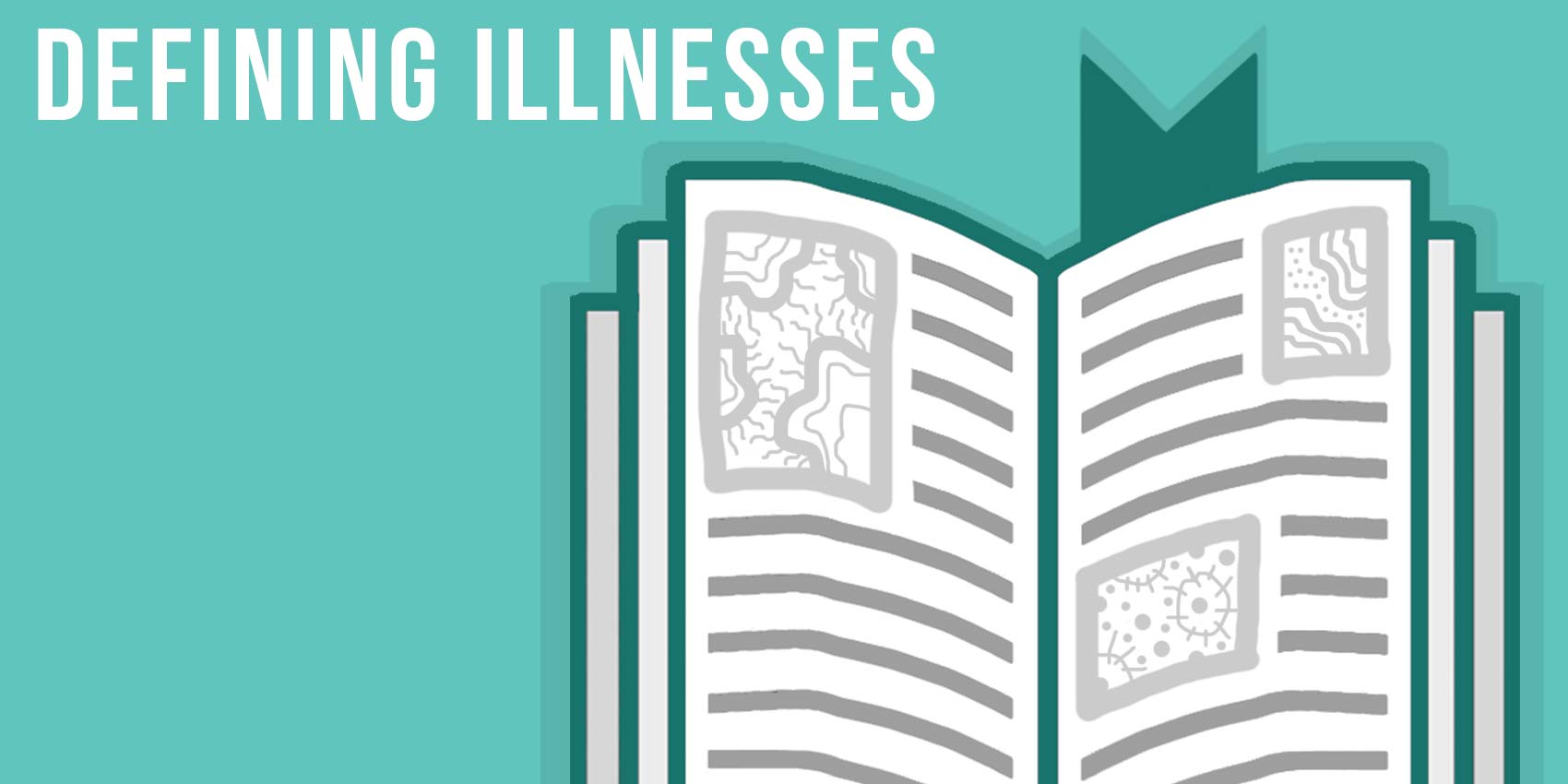14 Sep Defining illnesses

The common illnesses that you get are technically types of diseases. Yikes. Disease always sounds like such a big, scary word. So let’s define it:

noun: a disordered or incorrectly functioning organ, part, structure, or system of the body resulting from the effect of genetic or developmental errors, infection, poisons, nutritional deficiency or imbalance, toxicity, or unfavorable environmental factors; illness; sickness; ailment.
We’d just tell you to focus on the last three words of that definition. Makes things a bit simpler. We mean, reallY! Who can understand all that? When we talk about disease, we generally mean any condition that negatively interferes with how your mind and/or your body is functioning.
(Think about the word dis-ease. When you have a dis-ease, your mind and/or body is not at ease. Ha! Now that’s easy to think about!)
Moving on….. The common illnesses you will read about in this post are communicable diseases. What are those?
A communicable disease is a disease that can be passed from person, animal or object to a person—in this case, you. Think: Communicable = Community… one person gets it, the whole community can get it. Most community things are fun. This one is not.
Are there any diseases that are non-communicable? But, of course! A Non-Communicable Disease, NCD, is a disease that can NOT be transferred from person to person. Did you know, NCDs kill three out of five people world wide? Diabetes is a NCD as is cancer and heart disease. You can read more about those in a separate post, but for now you are going to learn about the little buggers that cause illnesses… pathogens. After that you will read about a few common communicable diseases and the difference between a viral and bacterial infection. (If you want to know what protects you from all those pathogens, don’t forget to check out the Immune System link.)




Post Question:
What is your definition of disease?
Answer the post question here
What's being said